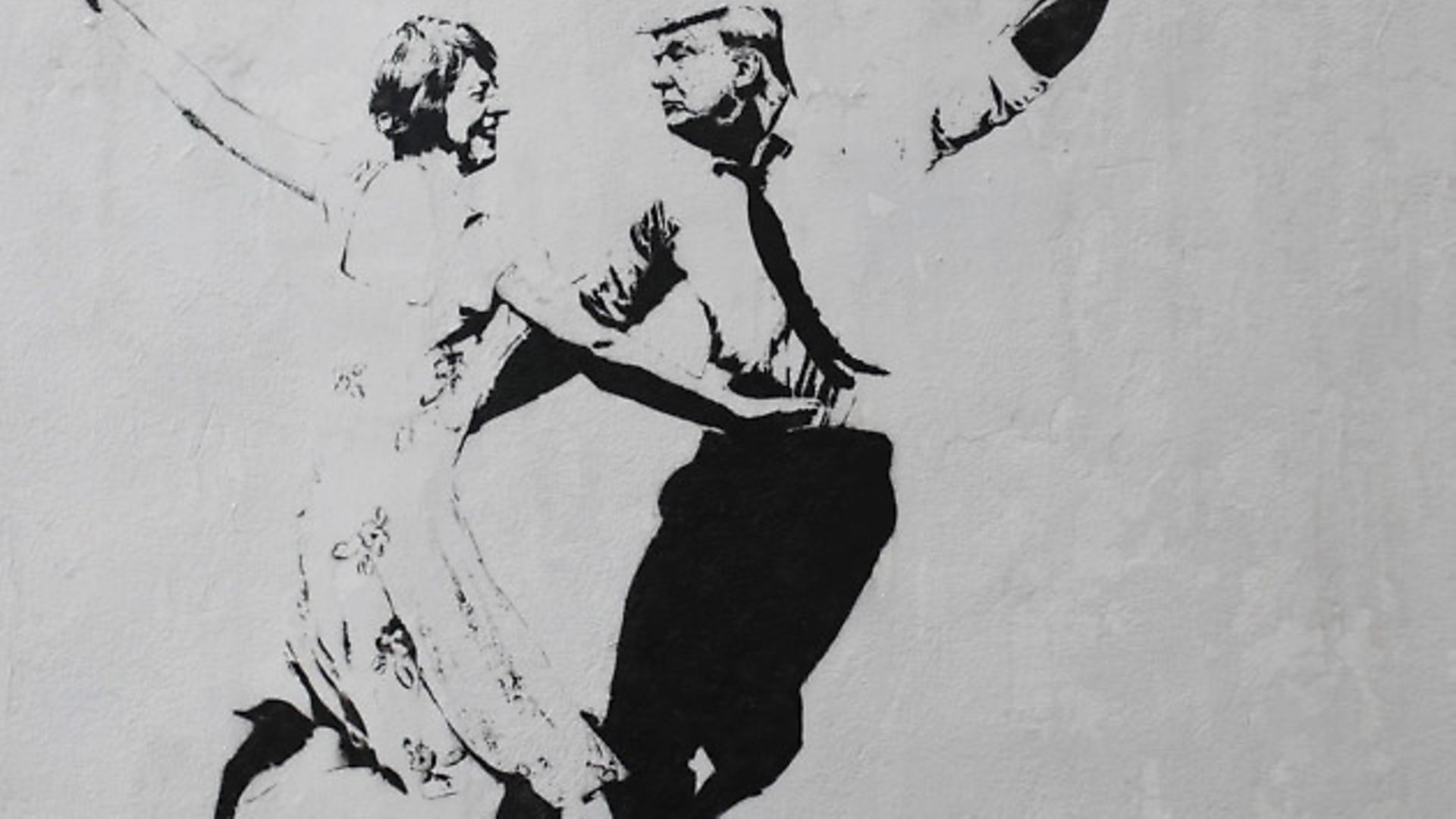
Art no longer has to be hung in stuffy galleries and gazed upon in silence – the streets rule now. Here is The New European’s guide to Europe’s street art hotspots
Graffiti was once the scourge of council’s clean up teams who would be dispatched post-haste to scrub the wall that had been defaced.
But today a refined form of graffiti is more likely to garner reflective contemplation than angry tuts from passersby.
From its origins in New York City, street art has grown across Europe to become one of art’s most loved and admired genres. Here are the five best European street art cities:
London – If street art was born in the Bronx then it came of age in London – and no-one has done more to gentrify the medium than Banksy.
The story goes that he was hiding from police under a rubbish bin lorry when he noticed a stencilled serial number on the vehicle and realised it would be a quicker method to make his mark and thus avoid being arrested.
Already common around his hometown of Bristol, Banksy’s works in London began to gain national and international recognition in the early 2000s.
These days art lovers target London touring the capital’s boroughs in search of their favourite Banksy – but they discover much more along the way. Camden Town, Shoreditch, Brixton and Islington are just a few hotspot but the scene – and the art – is shifting all the time.
One excellent recent example which caught the current political mood is Bambi’s Lie Lie Land (pictured) in Islington.
Berlin – There is hardly a street in the Germany capital without art.
Berlin has the largest concentration of street art in Europe without doubt – and probably the world. Outdoor art became commonplace in West Germany with the Wall providing the perfect canvas. And once it fell in 1989 the artists crossed into the East to liven up the once drab, grey buildings of Communism.
Check out the East Side Gallery and Alternative Cultural Centre Raw-Tempel for more of Berlin’s street art history.
Barcelona – Back when most of the world’s cities still believed street art to be vandalism Barcelona embraced it.
With this acceptance came visits by some of the world’s best-known street artists including Banksy, Space Invaders and London Police. And because Barcelona is one of the world’s skateboarding capitals – street art is closely linked to the pastime – it has remained a favourite.
Today there are designated free walls (often used by beginners) and new pieces pop up at regular intervals from old names and new ones.
Rome – The Eternal City – worried about what the tourists might think – has long fought a losing battle with graffiti. But now, as part of a wider project of inner city renewal, street art is being used to engage young people and brighten up neglected neighbourhoods.
In recent years areas including Magliana, Portuense, Pigneto and San Lorenzo have seen an upsurge in creativity and some truly excellent artistic expression.
Lisbon – It’s no surprise that Portugal’s capital has become something of a mecca for street art – the local government has its own urban and street art department.
This cooperation, support and even encouragement means the next generation of globally-renowned street artists are emerging in Lisbon – and the city is a perfect canvas for their work.








